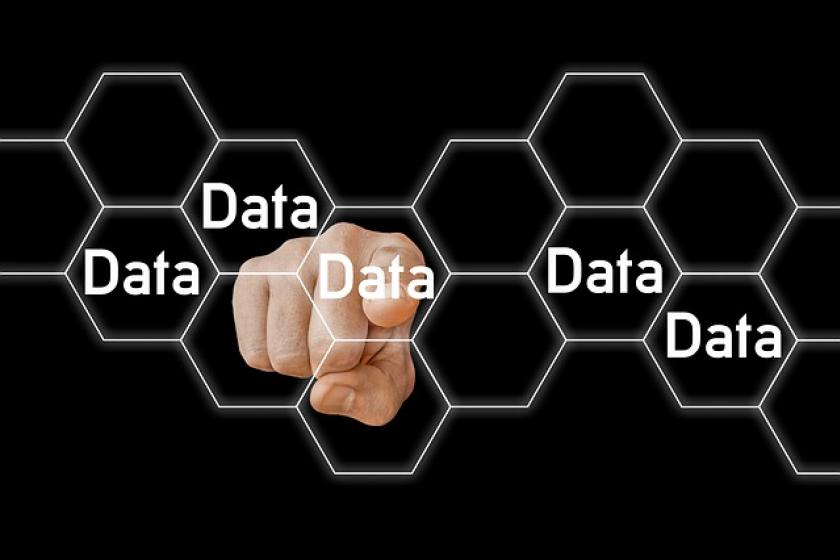While companies have been doing a better job protecting their data from data thieves, the same cannot be said for unstructured data. .
When it comes to the unique challenges of unstructured data – NAS and Object data, whether on-premises or in the cloud – business continuity planning and protection is still lagging way behind. While most companies and vendors have focused on protecting databases and virtual machines, the poor cousin of unstructured data has been quietly sulking in the corner, waiting to burst into a monumental tantrum.
And the tantrum will be driven by the fact that hackers now see NAS as the new ‘honey pot.'
Why is unstructured data unique when it comes to protection? We can best demonstrate that by looking at what extra precautions some companies are taking to protect their unstructured data.
Cast yourself forward to thinking about the unthinkable when your NAS or object storage has been locked by hackers. What now? You have backups, of course, but where do you restore those backups to if your entire system is down and you can't get identical hardware onsite in short order. And how long will it take to restore that increasing amount of unstructured data and get access to just the essential files needed to keep your business running (and that is assuming your unstructured data was in fact fully backed up)?
You say to yourself, "I wish I had thought about what my most essential data was and dealt with it differently." So, luckily you have a time machine, and you are back to today and have a chance to fix the problem. The first thing you do is make a coffee, sit down, and look at your unstructured data and decide what is absolutely critical to keeping your business running when that horrendous moment occurs. Then you make a copy of just that data offsite (in your own data center or in the cloud) in its native, easily accessible format hiding it behind a firewall where just a few trusted people in the organization can access it.
And then your paranoia kicks in (and so it should), and you think, "I need to make a fourth copy of that data as well and, given that this is the most critical data, I will put that data (or even a further sub-set) in the cloud on multiple cloud providers in case one or two goes down or they become unavailable (it does happen), or hackers find the third copy. And each subsequent copy doesn’t need to know of the existence of any other.”
By so doing, you create yourself a ‘house of mirrors’ making it very difficult for even the most tenacious of criminals to find and hijack your most critical unstructured data. And each time you need to use one of the copies, you automatically set up another copy moving further away from the breach point with every iteration.
Now, fast forward again to that horrendous day, and it's not so bad after all. The crisis hits, and you can very quickly and easily access that most essential data, restoring it back to any storage you have at hand (even a USB stick) and keep your business functioning.









